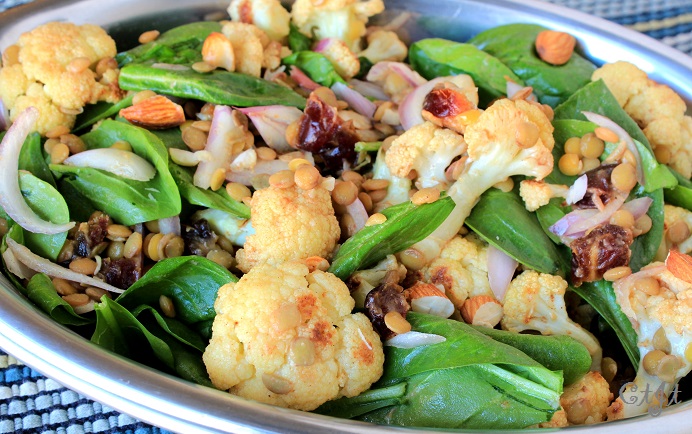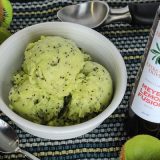In the Kitchen with Sigona's: Recipes for Passover and Easter
In the Kitchen with Sigona’s: Recipes for Passover and Easter
When it comes to food, this time of year is one of the most festive as the next week marks one of the most widely-observed times of the religious year for Christian and Jewish families. Sundown on Monday marks the start of Passover and Easter is the following Sunday.
We Sigonas know more about the Easter foods and traditions – especially some familiar to our Sicilian family, but two things are common to both feasts: food and family. Here are a few recipes to help you celebrate. Enjoy! – Carmelo Sigona
Pasta with Cauliflower
Easter and holidays in my family were great occasions where great numbers of family members would gather at my grandmother’s house. We also gathered on Sunday’s but holidays went all night and many times into the next day. Eating, playing music, dancing and of course playing cards (that’s what the men did. A great card came called Pedro pronounced ‘Peedro’). There was food constantly being cooked throughout the night. The following cauliflower dish is one of my favorites.
Ingredients:
- 1 lg. head of cauliflower
- 3 cloves garlic, chopped
- Pinch of red pepper flakes
- 4 TBL Sigona’s Fresh Press EVOO
- 5 anchovy fillets
- Salt and pepper
- 1 lb. of one of the following pastas (shells, penne or rigatoni)
Directions:
Core the cauliflower, cut into florettes and cook in a large pot of boiling water until slightly tender about 3-4 minutes. Don’t overcook you want firm here.
Remove with a slotted spoon, set aside and let cool.
Bring water back to a boil and add pasta – yes, using the same pot and the same water – and follow cooking directions. Note: we ask you later to reserve a ½ cup of the water from the pasta when you drain it.
In a large skillet heat the olive oil, add red pepper flakes and garlic, sauté just for a few minutes. Add the anchovy, mash them in the skillet and work this mixture for a few minutes. Remove from heat.
Meanwhile, break the cauliflower into tiny pieces with a wooden spoon or fork.
Reheat your skillet and mix the cauliflower into the mixture. When pasta is ready, drain (reserving ½ cup of pasta water) and mix with ingredients in skillet. Season with salt and pepper.
Add whatever amount of the reserved water and work into the mixture to get the consistence you desire. I like about ¼ cup of this water from the pasta and cauliflower it enhances the flavor. Check for seasoning one last time.
This is a simple dish you may add a grated cheese if you desire, we always used Pecorino Romano a more salty pungent cheese made from sheep’s milk.
PASSOVER RECIPES
Beet, Fennel & Jicama Slaw
Now that it’s getting warmer the beets and fennel are great. Doesn’t this salad sound fantastically fresh and delicious!
Julienne even amounts of raw red beet, jicama and fennel. Place the beets in a bowl of cold water before mixing with the other vegetables so that they don’t color the other vegetables. Make a dressing with 4 to 1 ratio of olive oil to lemon juice. Season with salt. Mix salad and serve chilled.
Traditional Charoset
When most American Jewish families sit down to their family Seder, the Charoset is a mixture of, apples, nuts and wine, such as the recipe below. We’ve found though while doing some recipe sourcing that there are about as many recipes as there are Jewish ethnicities! For example, Sephardic Jews, those who come from Spanish, Arabic or Mediterranean lands, will often favor ingredients popular in their own countries, such as dates or figs, pomegranates or pine nuts, or even coconut.
Whichever dried fruits your family uses to make its Charoset, we have the best the earth has to offer.
Ingredients:
- 5 large Red Delicious apples, cored, peeled and finely chopped
- 1 cup walnuts, finely chopped
- ½ cup sweet wine
Directions:
Combine the apples with the walnuts. Slowly add the wine. Mix to combine. Cover and refrigerate until ready to use.
Special thanks go out to Mrs. Ella Potash from the Redwood City Jewish Center (www.jewishredwoodcity.com) for sharing these recipes.










